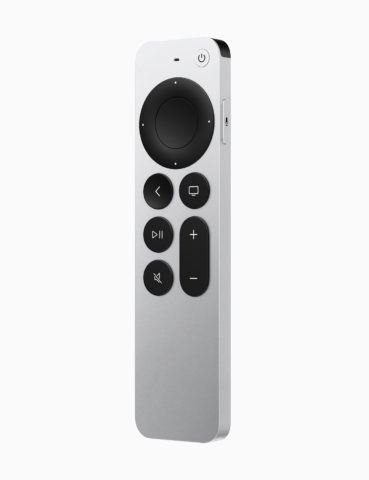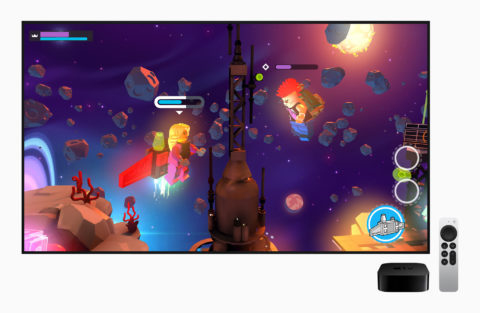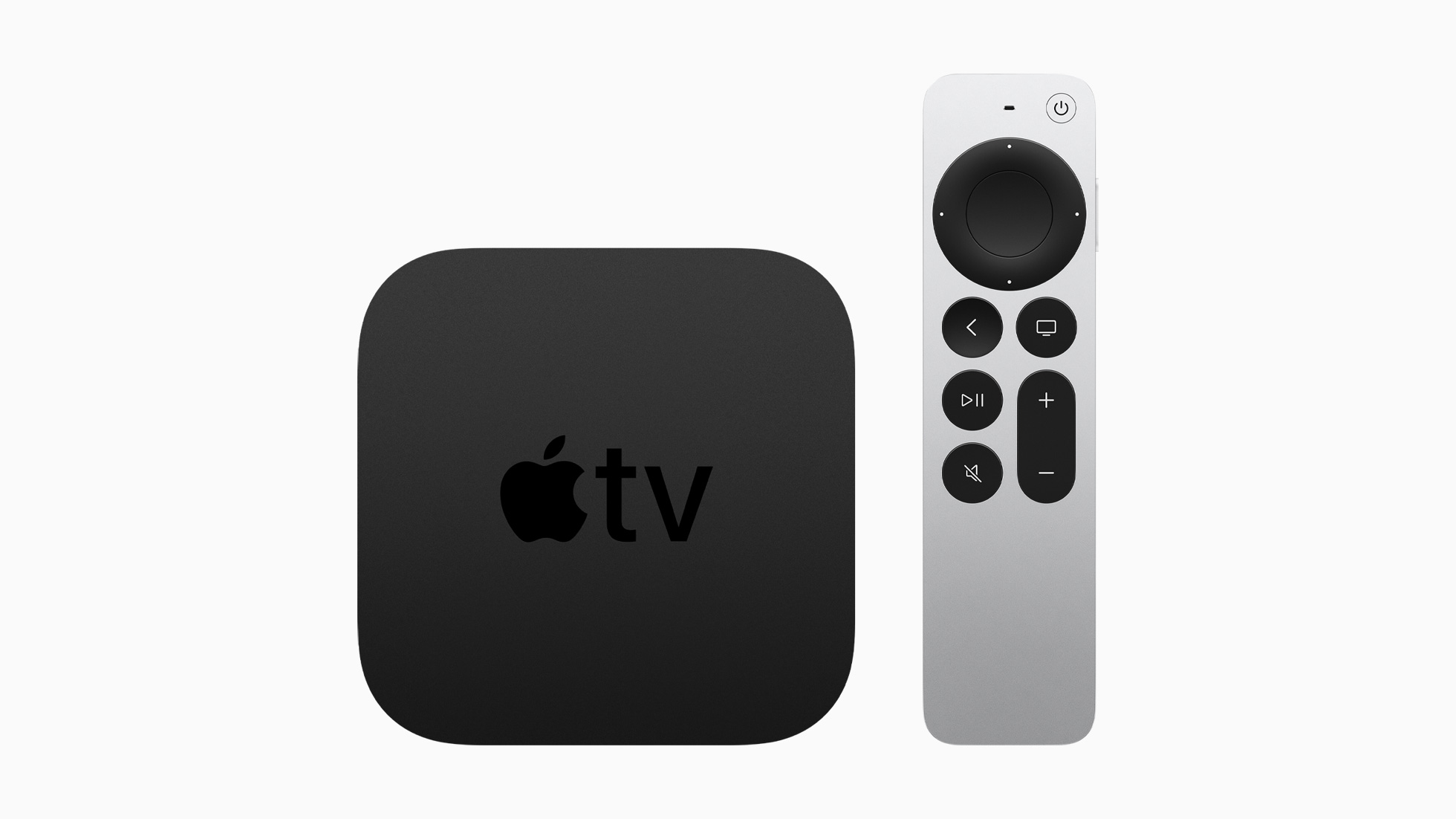Apple’s little black box risks forever being a hobby
A new Apple TV was unveiled at the latest Apple event – although at a glance it’s hard to tell. The black box looks identical to its predecessor. It’s not like the Apple rumor mill is a bastion of accuracy, but predictions of affordable Apple TV sticks or ambitious units that would incorporate a camera and speaker were fantastically – in every sense – wide of the mark.
What did change is the Siri Remote. It’s now silver. There’s a button to control your TV’s power – Apple ambitiously suggested you might ditch your other remotes for this one alone. The Siri button has shifted to the side, its spot taken by mute. A back button replaces the menu one.

The new Siri Remote.
The biggest change, though, is a new clickpad that incorporates four-way directional navigation and a touch-enabled area for swiping. The outer ring is interactive, with a jog wheel that echoes the original iPod’s. With less glass, the new remote is more durable; and due to the controls layout, you can figure out which way up the thing is, without looking at it. Finally.
Elsewhere, the pickings are slimmer. In Apple’s world, Apple TV appears to exist in a universe where you choose between it and smart TVs lacking the unit’s abilities. During Apple’s event, the presenter reeled off a list of use cases where hardware, software and services combine: Apple Fitness+; AirPlay; Apple Arcade. But other TV boxes exist. They have fitness apps, casting and games. And they’re far more affordable, hence dominating the market.
The iPad can resist this problem because it’s leagues ahead of its rivals and thereby offers great value at a premium price. The iPhone, while surrounded by impressive Android smartphones, exists at the bleeding edge in enough areas to secure a leading position. Apple TV? There are nice touches: color balancing output by using your iPhone’s sensors (although this isn’t unique to the latest unit); upgraded AirPlay to support high frame-rate iPhone footage. But the general value proposition is lacking.

A lurid Lego game on Apple Arcade.
The previous generation of Apple TV, released in 2017, at least had an A10X Fusion chip – the same as in that year’s iPad Pro. This update has an A12 Bionic – 18-month-old technology that debuted in the iPhone XS and that clings on only in the current entry level iPad. It offers enough grunt for now, but the A10X already struggles with some Apple Arcade fare. How much longevity will a chip first found a year later in the iPhone XS have?
Then there’s the price. Apple TV starts at $179. Roku Ultra and Amazon’s Fire Cube support 4K. Yet, respectively, they cost $100 and $120. 4K streaming TV sticks exist for half that outlay. Naturally, Apple enthusiasts will argue Apple never competes on costs and that its devices are premium fare. That’s fine in a phone, but a risk in smart home tech.
The abysmal Siri Remote wasn’t the only thing holding Apple TV back from mass adoption – and Apple seems uninterested in providing cutting-edge hardware to justify its device’s price tag or bringing the price closer to that of its rivals. It’s therefore hard to see how Apple TV – solid though it is – will ever be more than a ‘hobby.’ More likely, Apple will one day reason services are more important than hardware, and the Apple TV brand will live on only as the streaming Apple TV+ – played solely on TV boxes and sticks made by one-time rivals.

